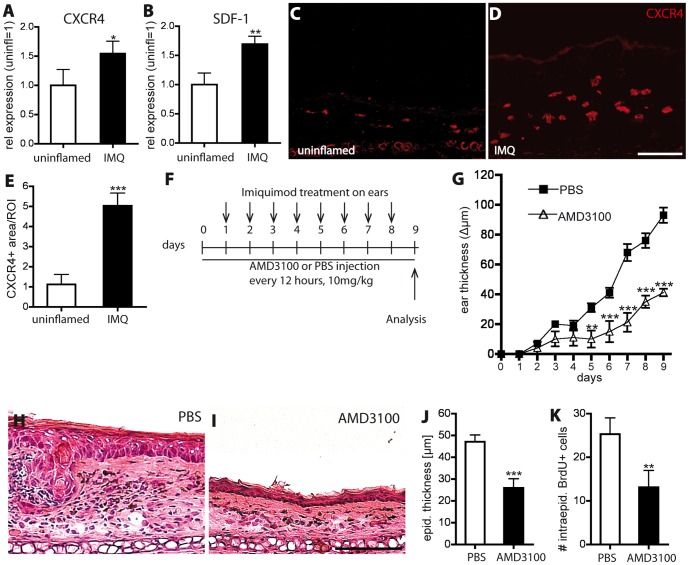Figure 6. Inhibition of CXCR4 reduces imiquimod-induced skin inflammation.
(A, B) Real-time RT-PCR analysis of extracts of IMQ-inflamed ear skin (8 consecutive days) and non-inflamed skin (n = 5 per group). The expression of CXCR4 and SDF-1 was significantly upregulated in IMQ-treated ear skin compared to uninflamed skin. (C–E) Immunofluorescence stains of ear skin for CXCR4 revealed a significantly increased CXCR4+ tissue area in IMQ-treated mice as compared with uninflamed skin. (F) Mice (n = 5 per group) received AMD3100 or PBS injections every 12 hours. 12 hours after the first injection, IMQ was applied topically, followed by daily applications for 8 days. (G) Treatment with AMD3100 (△) significantly reduced ear swelling as compared with PBS-treated controls (□). (H–J) H&E stains of ear skin sections showed that AMD3100 treatment (I) significantly reduced epidermal thickening compared to PBS-treated mice (H). Scale bar represents 100 μm. (K) CXCR4 inhibition significantly reduced the number of intraepidermal BrdU+ proliferating cells in the inflamed ear skin, as compared with control mice. Data represent mean±SD. *P<0.05; **P<0.01; ***P<0.001.

